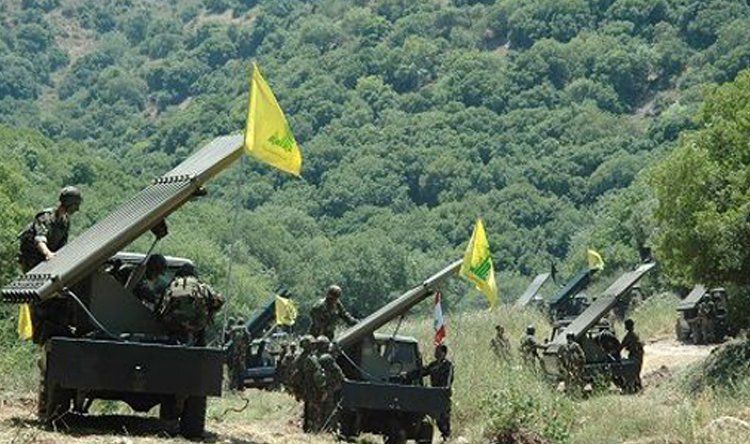
Hezbollah’s silence and inaction in the face of ongoing Israeli attacks have raised significant questions about the group’s internal stability.
Israeli media have reported mounting challenges in the Iran-backed group, particularly following the severe damage it sustained during the recent conflict with Israel. These setbacks have exposed deep fractures within the organization’s structure.
Economic Strain
On the economic front, Hezbollah is grappling with a severe disruption in the flow of Iranian funds.
Land routes for financial transfers have become nearly impossible due to recent developments at the Lebanon-Syria border, including the closure of illegal crossings.
The situation has worsened with a ban on Iranian aircraft landing, further hindering the transfer of resources.
As a result, compensation for residents in war-torn areas—particularly in southern Lebanon, the Bekaa Valley, and Beirut’s southern suburbs—has been delayed.
Israeli media reports indicated that 75% of income sources in the south have disappeared, and nearly 35,000 Shiite residents have fled the Bekaa Valley.
Leadership Struggles
Internally, Hezbollah’s leadership appears increasingly divided.
Allegedly and according to Israeli media, on one hand, Secretary-General Naim Qassem is facing growing criticism for his moderate stance and desire to adhere to a ceasefire despite ongoing Israeli attacks. On the other hand, Wafic Safa, a prominent figure and former liaison chief, has reportedly challenged Qassem’s leadership, criticizing his decisions publicly.
Safa, brother-in-law to former Hezbollah leader Hassan Nasrallah—who was killed in an Israeli airstrike in Beirut in September 2024—was said to have sparked the motorcycle protests in Beirut following the Lebanese government’s decision to forbid the landing of Iranian flights to Lebanon.
Meanwhile, Mohammad Raad, a Hezbollah MP and Qassem’s deputy, is attempting to mediate between the factions, though the situation remains tense.
Military Power Shifts
According to Lebanese sources cited by several Israeli media outlets, three senior Hezbollah officials have recently taken control of the organization's military operations, particularly in southern Lebanon.
Khalil Harb, a key figure in the group’s military apparatus, is considered a central player in the current power struggle.
Known as “Hezbollah’s Chief of Staff” by some, Harb manages military forces and has extensive ties to Iranian military units, including Unit 3900.
In contrast, Haitham Tabatabai, a former commander of the Radwan force and special units, is reported to be acting more independently.
After serving alongside Iran’s Qods Force in Syria, Tabatabai now controls battalions in southern Lebanon, often operating without the direction of Harb and Hezbollah’s political leadership. Some analysts suggest this dynamic could lead to the formation of a dissident faction within the organization.
Mohammad Haidar, another influential figure and close advisor to Nasrallah, commands forces in southern Lebanon, but answers to Harb, not Qassem. This may suggest that Qassem is being increasingly sidelined.
If these divisions persist, Hezbollah could face internal fragmentation, similar to the rise of rebel factions in Gaza. This growing instability, according to Israeli media, could complicate Israel’s strategy against the Lebanese Shiite movement.




Comments